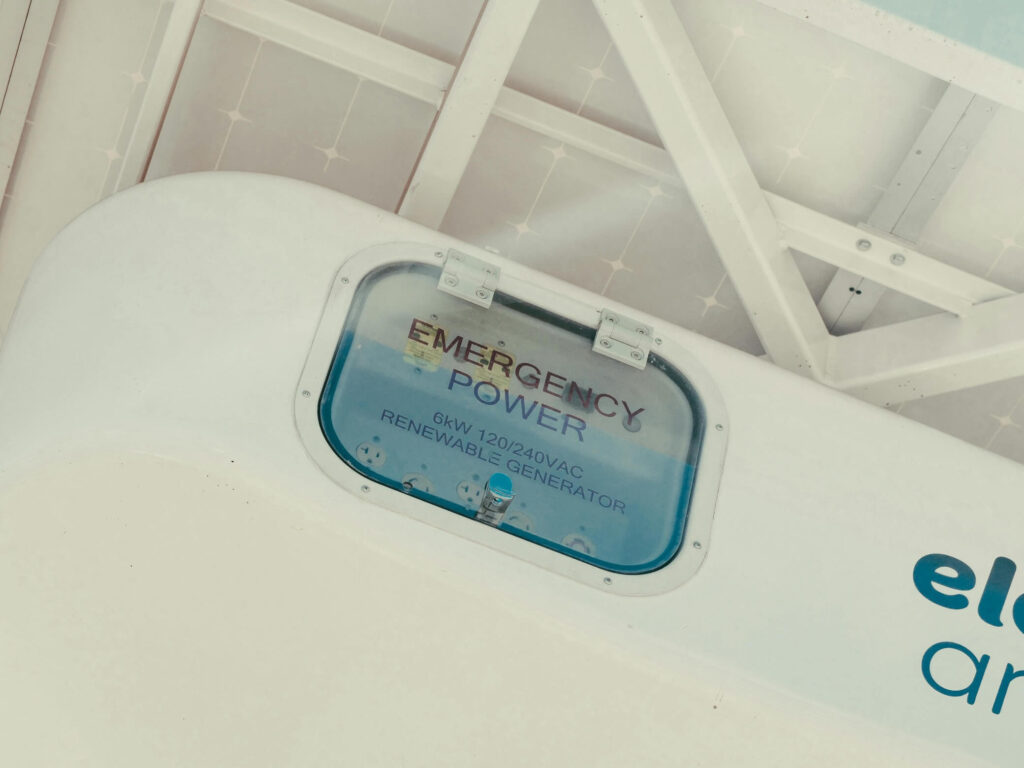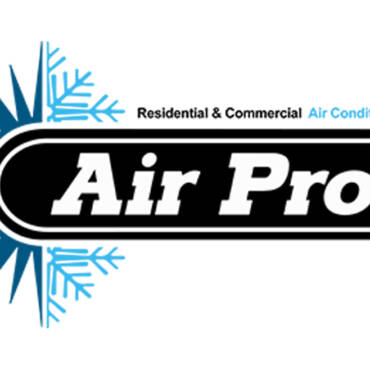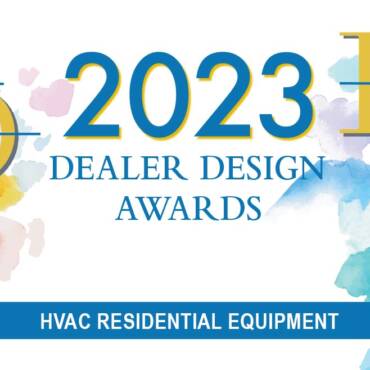No one enjoys losing electricity. The inability to use your appliances is not just frustrating — it can be dangerous. Consequently, you may have considered buying a home generator. But generators come in all sorts of sizes and types, and figuring out which one you need can be confusing.
Portable vs. Standby Generators
Which type of generator you need comes down to power requirements and budget.
Portable Generator
These generators are external to your house, are often mounted to wheels, and are meant to sit in storage until they are needed.
If your home is designed with a power inlet that allows you to plug the generator into the main circuit panel, you can even use a portable generator to power your entire house. Otherwise, you’ll need to plug your devices directly into the generator itself. Homes not designed to accept external generator power can suffer damage to their electrical systems.
Standby Generator
When outside electricity stops, the standby generator starts. Unlike a portable generator, a standby generator for a home is a fixed appliance requiring installation, much the same as an AC unit.
Power Requirements
The amount of power you need depends on what you want to keep running. Each appliance in your home uses a certain amount of wattage, which is how you can determine your emergency power needs.
A generator running at 100% power output is going to have a shortened lifespan due to the stress. For optimal life expectancy, generators for homes should be run at 75% of their maximum load.
3,000+ Watts
This is enough wattage to turn on necessary lights, power an HVAC system, watch television, and charge devices such as laptops, tablets, and phones.
6,000+ Watts
With more than 6,000 watts, a home could run AC or heat, a water heater, and large appliances such as a refrigerator and an oven.
10,000+ Watts
10,000 watts is enough to power most homes with no issue.
Fuel Source
Portable generators most often run on gasoline or occasionally diesel. They have fuel tanks that owners must fill manually. Standby generators generally rely on propane or natural gas, and some even supplant their power generation with energy from solar panels. Also, they typically have their propane/natural gas tanks buried underground to save space.
Cost
Portable generators are the cheapest option because they don’t require installation and usually produce less power than standby systems.
A portable generator capable of running 3,000 watts may cost around $500. A system that can handle 6,000 watts will be closer to $1,000. Portable generators running 10,000+ watts can power an entire home and can cost $1,500 or more.
Standby generators are much pricier, but their convenience outweighs the cost. Homeowners don’t need to set up a standby generator after every outage since power comes on automatically. Expect to pay at least $5,000 — and possibly over $20,000 — for a standby generator before installation costs.
Trust Aire-Flo Heating, Cooling & Generators to Keep the Power On
Don’t let outages put you in the dark. Find the right generator for your home from Aire-Flo Heating, Cooling & Generators. Get peace of mind with a professionally installed generator that can keep your home operating as if the electricity never went away. Contact Aire-Flo Heating, Cooling & Generators today!
Whether you require installation, repair, or maintenance, our technicians will assist you with top-quality service at any time of the day or night. Take comfort in knowing your indoor air quality is the best it can be with MOE heating & cooling services Ontario's solution for heating, air conditioning, and ventilation that’s cooler than the rest.
Contact us to schedule a visit. Our qualified team of technicians, are always ready to help you and guide you for heating and cooling issues. Weather you want to replace an old furnace or install a brand new air conditioner, we are here to help you. Our main office is at Kitchener but we can service most of Ontario's cities
Source link



